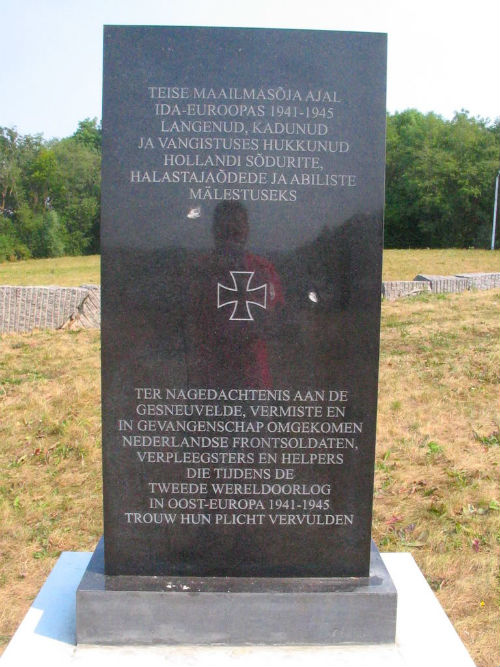
While the original Cronica conflictus did not survive, a short summary has been preserved from the 16th century. Its authorship is uncertain but several candidates have been proposed: Polish deputy chancellor Mikołaj Trąba and Władysław II Jagiełło's secretary Zbigniew Oleśnicki. The most important and trustworthy source is Cronica conflictus Wladislai regis Poloniae cum Cruciferis anno Christi 1410, which was written within a year of the battle by an eyewitness. There are few contemporary, reliable, sources about the battle, and most were produced by Poles. The most important source about the Battle of Grunwald is Cronica conflictus Wladislai Regis Poloniae cum cruciferis anno Christi , Romanian language: Bătălia de la GrünwaldĪn anonymous letter concerning the battle, dated between 14 and written in Middle High German, is among few remaining contemporary sources

Thus there are three commonly used names for the battle: German language: Schlacht bei Tannenberg, Polish language: Bitwa pod Grunwaldem The Germans named the battle after Tannenberg ("fir hill" or "pine hill" in German). The Lithuanians followed suit and translated the name as Žalgiris. Later Polish chroniclers interpreted the word Grunenvelt as Grünwald, meaning "green forest" in German. Władysław II Jagiełło referred to the site in Latin as in loco conflictus nostri, quem cum Cruciferis de Prusia habuimus, dicto Grunenvelt. The battle was fought in the territory of the Monastic state of the Teutonic Order, on the plains between three villages: Grünfelde ( Grunwald) to the west, Tannenberg (Stębark) to the northeast, and Ludwigsdorf ( Łodwigowo, Ludwikowice) to the south.


It was surrounded by romantic legends and nationalistic propaganda, becoming a larger symbol of struggle against invaders and a source of national pride. The battle was one of the largest battles in Medieval Europe and is regarded as the most important victory in the history of Poland, Belarus and Lithuania. The battle shifted the balance of power in Eastern Europe and marked the rise of the Polish–Lithuanian union as the dominant political and military force in the region. However, the Knights never recovered their former power and the financial burden of war reparations caused internal conflicts and an economic downturn in their lands. Territorial disputes continued until the Peace of Melno was concluded in 1422.

While defeated, the Teutonic Knights withstood the siege on their fortress in Marienburg (Malbork) and suffered only minimal territorial losses at the Peace of Thorn (1411) (Toruń). Most of the Teutonic Knights' leadership were killed or taken prisoner. The alliance of the Kingdom of Poland and the Grand Duchy of Lithuania, led respectively by King Władysław Jagiełło and Grand Duke Vytautas (Witold Vitaŭt), decisively defeated the German–Prussian Teutonic Knights, led by Grand Master Ulrich von Jungingen. The Battle of Grunwald or First Battle of Tannenberg or Battle of Žalgiris was fought on 15 July 1410, during the Polish–Lithuanian–Teutonic War.


 0 kommentar(er)
0 kommentar(er)
